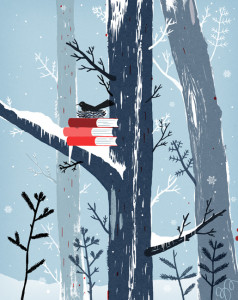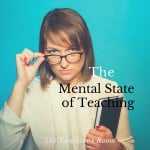By Guest Writer Jeffrey Benson
[fusion_builder_container hundred_percent=”yes” overflow=”visible”][fusion_builder_row][fusion_builder_column type=”1_1″ background_position=”left top” background_color=”” border_size=”” border_color=”” border_style=”solid” spacing=”yes” background_image=”” background_repeat=”no-repeat” padding=”” margin_top=”0px” margin_bottom=”0px” class=”” id=”” animation_type=”” animation_speed=”0.3″ animation_direction=”left” hide_on_mobile=”no” center_content=”no” min_height=”none”]
It’s the middle of winter in the U.S. Northeast. I wake in the dark, there’s snow and ice to scrape off my windshield, and all the students are bundled up like the Michelin tire man. It’s the time of the year to teach I look forward to most, the best time to teach. The interruptions and distractions of the holidays are over, the warmth of spring is not yet knocking on the windows—my lessons are the best show in town.
I know the students well by now, and they know me. I can see Maurice scowling as he stomps into the room, and I know to just say, “Good morning, Maurice,” and let him simmer down on his own; we’ve been through this many times already, and he trusts me. I have the riddle of the day on the board, and perhaps only a third of the students are busy puzzling over it, but the rest of them are doing their class jobs, or organizing their binders, or crowding up to me to ask questions and register complaints. I call them to attention with one of our many rituals; they respond imperfectly, but not far from perfectly. I repeat the direction for attention as I walk towards Michelle and Jennifer, and they settle in—reluctantly, but they do.
By now, I know where their skills are solid and where they are fragmented. I know how almost all of them come to understand, and yet I am still sometimes surprised, such as when Dejuan makes a connection between today’s task and an activity we did way back in November. I make a note in my planner to revive that lesson from November; there are a lot of lessons in our collective history that I can now repeat to allow the students to develop greater competency. Today’s lesson plan has enough entry points to grab their interests, ones they have been displaying for weeks and weeks, and I’ve got an additional worksheet for Carla and Henry, who would otherwise struggle with the work everyone else is able to start on their own. I didn’t do so well by them in the first months of the year.
As they dive, skip, and crawl into the work in their idiosyncratic but now familiar ways, I pull up a chair and watch them. They no longer need my continual coaching and interventions. For the most part, they can struggle without panicking. I observe the ones who never look up, the ones who stop for a moment and scan the room and then return to the task, the ones who look lost. David catches my eye, and I motion for him to come to where I am sitting. I know now how he needs to move. I give him a note to take to the office, something I could never have trusted him to do in September. A few students notice this, and they smile at me, because they might have intuited how David has grown, and now my actions reinforce their suspicions. I hope we are all correct about David!
It’s the time of year when teachers go from being reliable to being important. It is when we are burrowing not only into the standard curriculum, but also into the curriculum of being persistent, taking risks, giving comfort, expanding horizons into the world, tolerating frustration, and developing passions that may last a lifetime. Those are life lessons that take months for a teacher and a class to cultivate, and now all of our interactions can ingrain those lessons.
It is my class; it is our class. They are my students; I am their teacher. We have come to this place and time in the year, there’s work to be done, and it’s the best time of year to do it. But wait—how come David hasn’t come back from the office yet? I still have much to learn.
Visit the ASCD Inservice blog for more content from ASCD authors, Emerging Leaders, and experts.
Bio: Jeffrey Benson has worked in almost every school context in his 35 years as an educator, from elementary school through graduate programs. Benson’s book, Hanging In: Strategies for Teaching the Students Who Challenge Us Most (ASCD, 2014), shows educators the value of tenacity and building connections when teaching the students who most need our help. Connect with him at his website, www.jeffreybenson.org.
[/fusion_builder_column][/fusion_builder_row][/fusion_builder_container]



